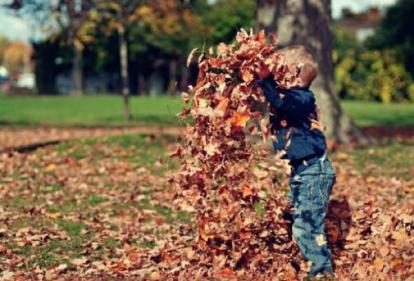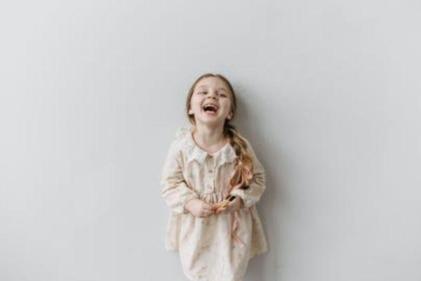Hearing the words “My tooth is loose” represents a big milestone in your child’s life. Baby teeth have to fall out to make room for permanent teeth to grow, a process that lasts six or more years from start to finish.Most children will be excited to feel a tooth wiggle and may even get a visit from the tooth fairy. Some kids will worry that it will hurt when a tooth falls out. If your child is one of those worriers, you can reassure him that in all likelihood it won’t hurt.
First in, first out
A child will have 20 baby teeth, which generally come in by age 3 and usually fall out in the order in which they came in. This means that the lower centre teeth are generally the first to go, around age 5 or 6. The top centre pair will be next. A baby tooth typically doesn’t loosen until the permanent tooth below pushes it up to take its place. Some children will lose their first tooth as early as 4 or as late as 7. Generally speaking, the earlier the first tooth came in, the earlier the first tooth will fall out.It’s possible for a child to lose a tooth too early or too late, in which case you will need to consult with a dentist to see what could be causing this.
Out with the old
Encourage your child to gently wiggle a wobbly tooth. Some loose teeth can actually be rotated because the root underneath has almost completely disintegrated.Make sure that your child knows they shouldn’t yank a tooth before it’s ready to fall out on its own. Doing so can make the broken root more vulnerable to infection. A loose tooth that refuses to come out by itself may need to be pulled by a dentist, although this is a very rare occurrence. Losing baby teeth is typically not as painful as teething. If you’re five or six year old complains of a pain in the back of his mouth, it is probably the six year molars coming in. An over-the-counter painkiller can ease the ache, although it’s unlikely to last long.
In with the new
Your child’s new pearly whites may look bigger, especially those first few. This is because they are! Adult teeth tend to be less white than baby teeth and have pronounced ridges because they haven’t been put to work biting and chewing yet.Brushing is now more important than ever. You will need to supervise the process until your child is about eight and until then he won’t need to use more than a pencil-eraser size dot of toothpaste. Some doctors recommend using toothpaste without fluoride until the child can spit as tap water generally contains enough fluoride.Replace toothbrushes every two to three months to reduce harmful bacteria and ensure they are working at their best. Your child should also visit a dentist twice a year.Most children will lose their last baby teeth around age twelve or thirteen, about the time the twelve year molars appear.
Read more: Top tips for dentist trips






